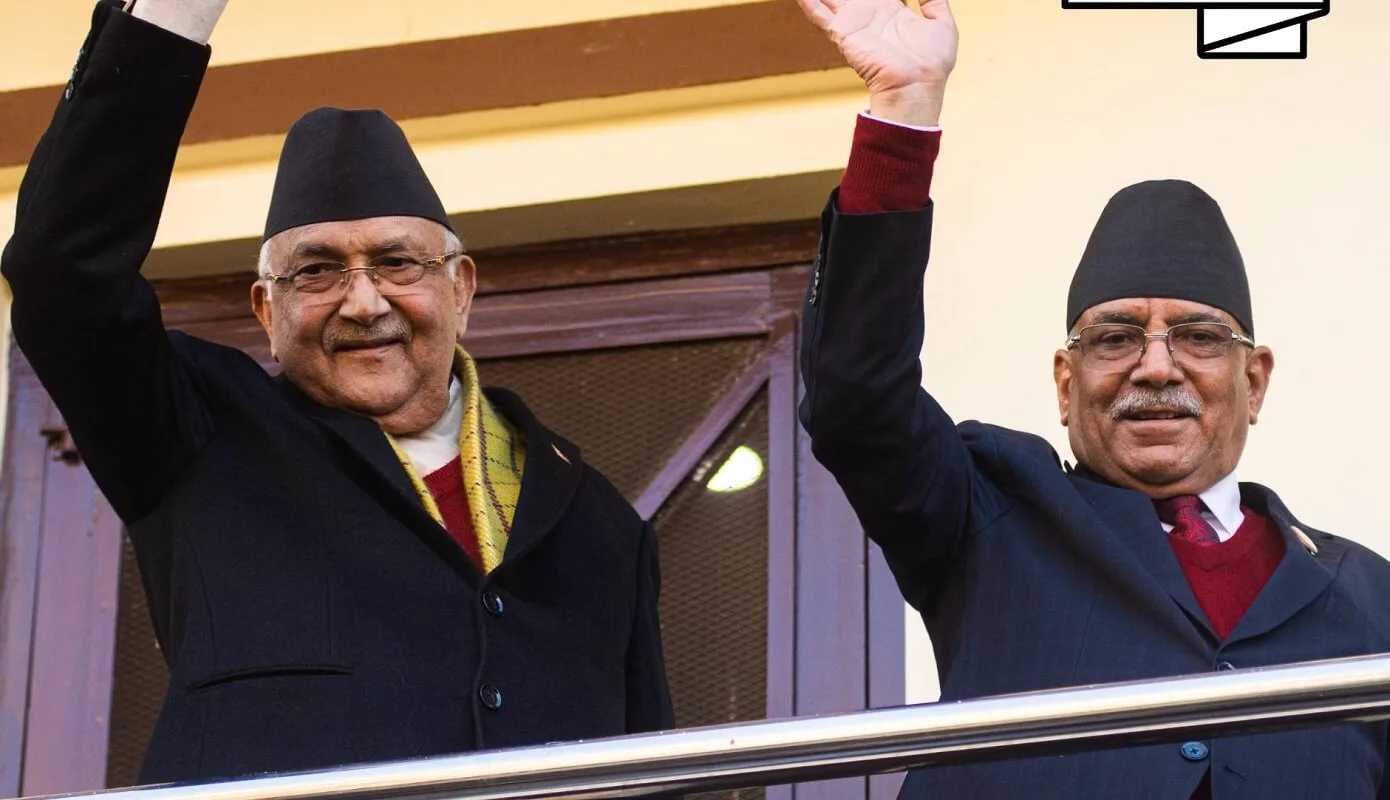Hari Prasad Shrestha authored 3 books, worked in UNDP Africa for 6 years and 35 years under the Government of Nepal. Upon graduating from Tribhuvan University, he completed postgraduate studies in Italy. Subsequently, he attended the University of Connecticut for management studies where his major was economic development and administration. Mr. Shrestha was a member of several study groups in Nepal and South Sudan. He is a freelance writer and regularly contributes articles to leading dailies and journals all across the world.
